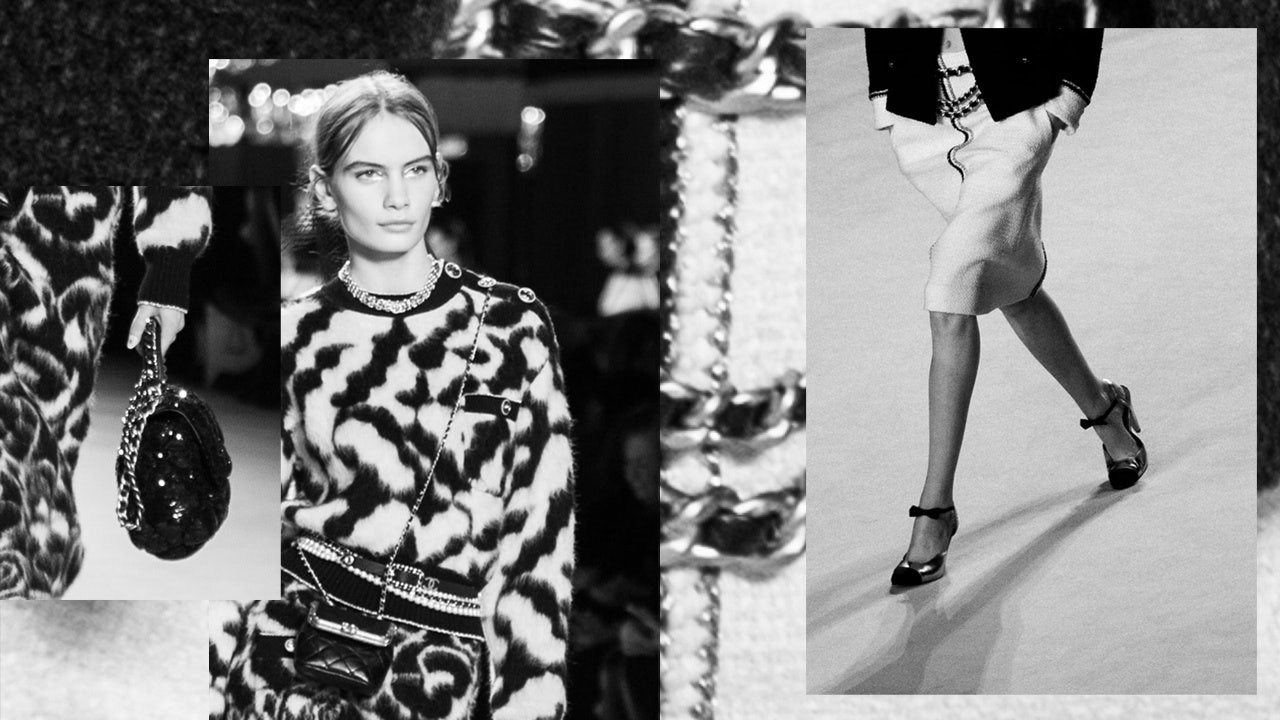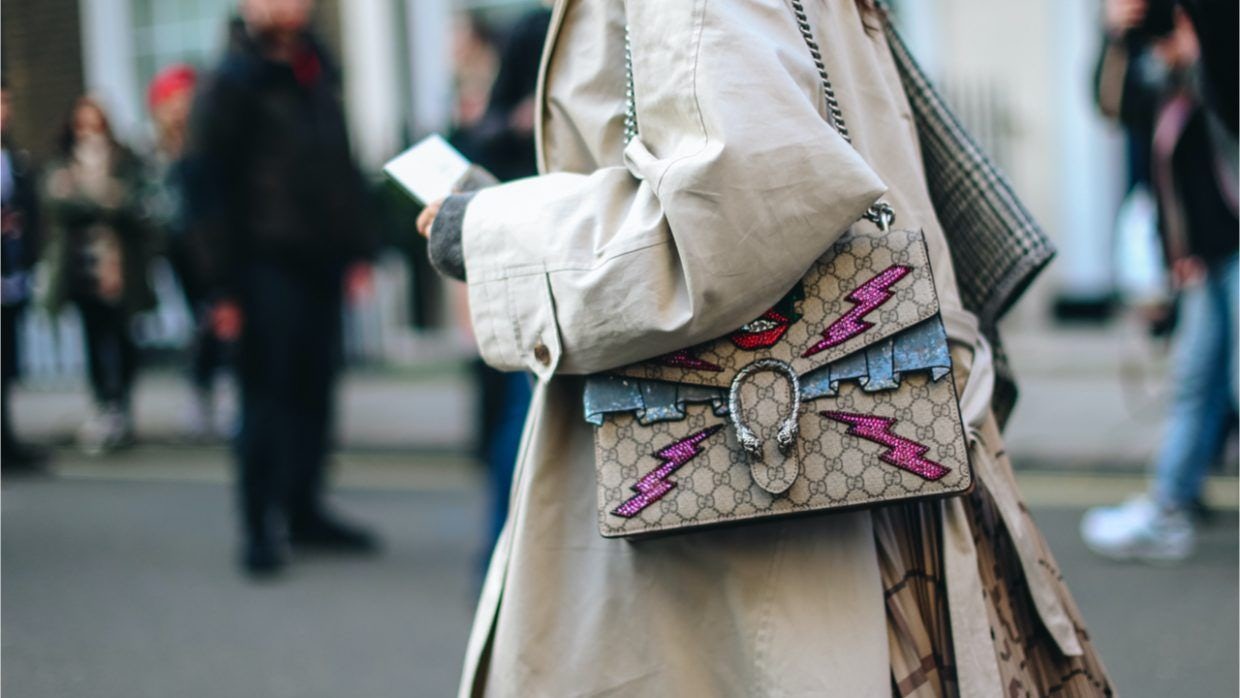I was in Shanghai this January and the city was eerily empty, much like most cities in the world today. I saw the impact of COVID-19 in China firsthand and I’m seeing it again now, all over Europe and the West. Back then, I could never have imagined that in a couple of months, the West would be mirroring China: offices, restaurants, and retail stores all closed indefinitely.
It’s a terrible fact that crises strike. Mercifully, however, they always end. The Chinese economy is already tentatively emerging from lockdown. By looking at how the consumer in China has emerged from this crisis, and what Chinese companies have done to best position themselves following the crisis, Western businesses can begin to plan for what happens when other markets begin to emerge from the devastating effects of COVID-19.
From what we can see now, the recovery timeline for China post-virus seems to be about the same as SARS — around three to four months from the start of the outbreak. Based on this and taking China as a datapoint for planning what comes next, here is what luxury brands should expect in the aftermath of this crisis.
Confidence is back but more subdued#
While many firms took a hit, more than 240,000 Chinese companies have declared bankrupt. Figures from the end of March show that over 76% of SMEs are now back to work, and that less than 1% of firms in China closed during the outbreak, though much of the economic damage and company closures are in sectors that traditionally house luxury brands, wholesale, and retail.
Confidence, however, is returning. Yet the outbreak will cast a severe shadow over spending for the rest of 2020. In a recent McKinsey survey of Chinese consumers, only 5% were pessimistic about the economy recovering quickly, while 48% responded that they were unsure of a quick recovery.
Despite confidence in the longer-term recovery of the economy, a different survey on Chinese employment sentiment showed that a majority of workers are expecting some negative impact on their wages. This will undoubtedly have a negative effect on consumption over the coming months as spend will be allocated more thoughtfully.
Consumer preferences and spending slowly return to#
2019 levels#
In China, consumers’ spending habits are returning and are already showing signs of business as normal. And, with each week that passes, preferences appear to be heading back to where they were at the end of 2019. This will mean competition for brands over a smaller consumer pool than usual.
Brands can expect a small bump in revenue once the quarantines lift. Data shows that the Chinese consumers' “revenge spending” helped some sectors, particularly restaurants and retail, though the revenge spending panica didn’t materialize quite so strongly as some anticipated. Though some offline stores are experiencing a spike in sales in China right now, longer-term trends towards more conscientious consumption are pronounced during the recovery.
Unsurprisingly, non-essential items will be among the slower to recover. Some bright spots for the luxury market, however, include both hotels, travel, and restaurants, where consumers are more comfortable paying a premium.
Brands that are well placed to capture consumers' imagination through a transparency of business practices and a dedication towards improving their company's negative footprint should be well situated to bounce back along with the overall economy.
Digital products and events#
In China, much like Europe and the US, many luxury companies were forced into even greater digital operations in order to keep trading during the outbreak; it’s unlikely they will jettison these new strategies as their traditional market returns. For example, the Shanghainese cosmetic brand Forest Cabin [Chinese name: Lin Qinghuan], among others, made headlines for livestreaming its store advisors while stores were closed.
This type of marketing was already popular prior to the outbreak — the pandemic simply accelerated its adoption. In fashion, as reported in Jing Daily, Shanghai Fashion Week has opted to go fully digital this season, as other fashion weeks are also exploring digital options to keep themselves in business.
Whether digital fashion weeks become the new norm is debatable. It would require significant changes to the wholesale-heavy industry to accomplish. That said, this is what end consumers are looking for; with the advent of social media, Fashion Weeks were slowly becoming less insidery. The forced push into the digital that this crisis has bought has only hastened this trend.
What brands can do#
Post-crisis, Chinese companies seem to benefit from the agility that having highly digitized consumers provides. As China left the outbreak, optimism and consumer preferences reverted back normal fairly quickly over a span of weeks, not months. Consumers are now even more used to online activations, engaging with their favorite brands though any number of digital channels.
During the immediate re-opening in China, labels, particularly those with discretionary products, will compete for a smaller spend; brands will find increased marketing and sales competition in China as international brands look to China to supplement lost income from other markets, while newly digitized brands find their stride online.
Therefore, efficiencies in marketing will be vital, likewise a move towards digital. Even in a country where digital marketing makes up a majority of all advertising spend; budgets will skew even further towards digital.
Chinese consumers were already accustomed to interacting with brands online before the crisis. Digital engagement increased during lockdown and while it’s trailing off a little now, it will still be the strongest channel for storytelling and reaching consumers in the market. Digital marketing will also allow brands to better track ROI, releasing any cost efficiencies in the market which could help supplement other markets’ losses.
Overall agility will be key for luxury businesses to take off after this crisis. Adapting to new consumer behaviors and changing markets, as well as potentially even repeat the COVID-19 crises until a vaccine is discovered. The luxury sector isn’t traditionally considered an agile one, however with creativity and speedy adoption of the available technology, brands can position themselves to be in the best shape once the outbreak ends.

